MUSEUMS
Discover Curaçao’s past and the art that reflects it.
STAMPS MUSEUM
Post has always connected people all over the world. And the term ‘post’ has a long history, from smoke signals to the mailbox. It seems so obvious that the mail ends up in a letterbox, but to get it there lots need to happen. Due to digitization, the post has been physically reduced. Nowadays a lot of mail goes via the internet. There is nothing like a personal written birthday greeting or a love letter, the post, in any way, plays an indelible role in society both in the past and in the future.
The postal connection has always been important for Curaçao socially, economically and culturally. There was no faster way of communicating with other parts of the world than by exchanging mail. The post development came about after the arrival of the sailing and later steamships that came to the islands. In the Postal Museum of Curaçao is a permanent exhibition where you can see what the post and stamps meant for Curaçao and still mean. This museum is located in the oldest building of Punda, a gracefully restored wooden and stone building that dates back to 1693. The permanent collection consists of stamps and related objects of the Netherlands Antilles and Curacao in particular, such as old mailboxes, franking machines and scales.
Curaçao only came on 23 May 1873 with the first stamp with an image of King William III. Since then, Curaçao / the Netherlands Antilles has always issued stamps. All issued stamps of Curaçao, including error prints, can be seen in the Postal Museum. There is also a timeline in stamps of the social, cultural and economic development of Curaçao.
Physical mail has become less important in recent years because of the internet and all its possibilities. Nevertheless, new stamps are still issued by each country. Worldwide, millions of stamps have been issued. At the UPU (Union Postal Universal) established in 1865, all stamps issued in the world are registered and stored. Each country must become a member and members must send an equal number of countries that are members of the UPU to the UPU of every stamp that they issue. The UPU then sends those stamps to the members. In this way the countries know which stamps are ‘valid’ and that no supermarket stamp is used to send a package.
The collection of these UPU stamps, at least what has remained there over the years, has become the basis of the museum and draws the museum from this collection for exhibitions. The museum was established in 1993 after the Postmuseum Foundation had received permission from the then Minister of Transport and Transport to clean up the collection of UPU stamps that were still in storage. ‘Due to the tropical climate and improper storage, the collection was considerably affected and therefore largely unusable. However, what remained was sufficient to start the Postal Museum responsibly.
Over the years, the Postal Museum has let thousands of students and interested people take a look at the world of mail and stamp. A world that is so self-evident in our time, but whose importance is not always realized.
The Postal Museum, managed by four volunteers, who also give tours and information, is open from 10 a.m. to 4 p.m. from Tuesday to Friday and can be found at the Kaya Toni Prince in Punda, near Plaza Jojo Correa, tel. 4658010
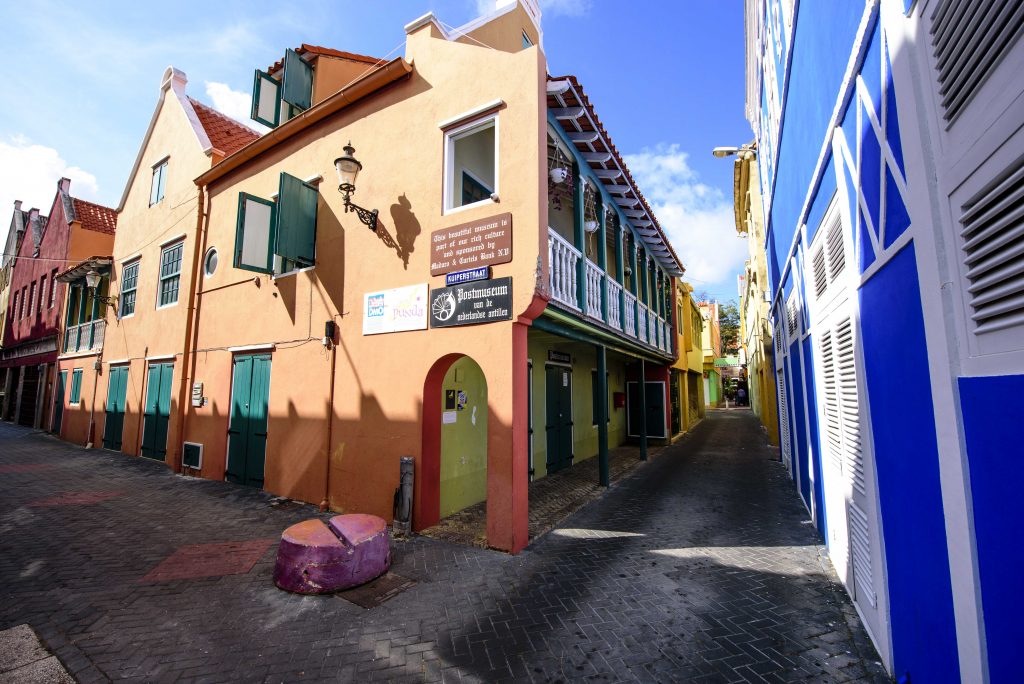
CURAÇAO MUSEUM
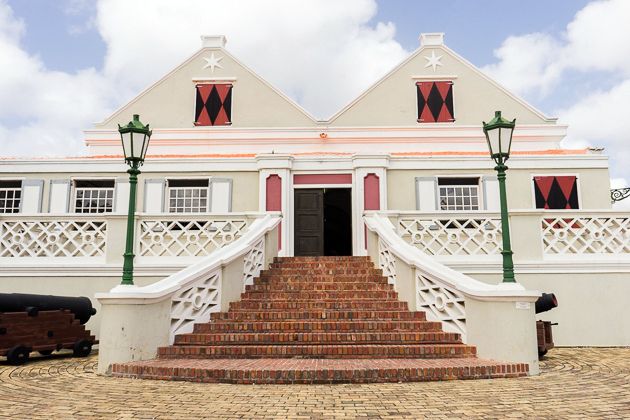
Located in the Western part of Otrobanda, the Curacao Museum is housed in a colonial style building and conveys an air of authenticity at the very first glance. In this spacious museum the geological history of Curacao is displayed, as well as pre-Colombian Indian artifacts; maps and charts of America and the Caribbean region; professions the afro-Curaçaoan practiced after the abolition of slavery, their beliefs and mode of living, a traditional plantation kitchen; antique mahogany furniture (18th and 19th century) and paintings by local and international artist.
Unique in the Caribbean region is the carillon with 47 bells. The Snipgallery houses the cockpit of the “Snip”, the first KLM plane to cross the Atlantic Ocean in 1934. The large shaded grounds are a pleasant place to stroll. Occasionally the museum grounds are the venue for musical concerts.
KAS DI PAL’I MAISHI
Kas di Pal’I Maishi is a traditional adobe house with a latched roof built about 130 years ago. It illustrates the way the Afro-Curaçaoan rural population of Curaçao lived till about 1950. The method of construction dates back to before the year 1700 and coincide with the coming of the enslaved Africans. Inside there is a small museum with typical household artifacts from the past. In the backyard local food is served at lunchtime. This museum forms part of the memory of the Afro-Curaçaoan heritage.
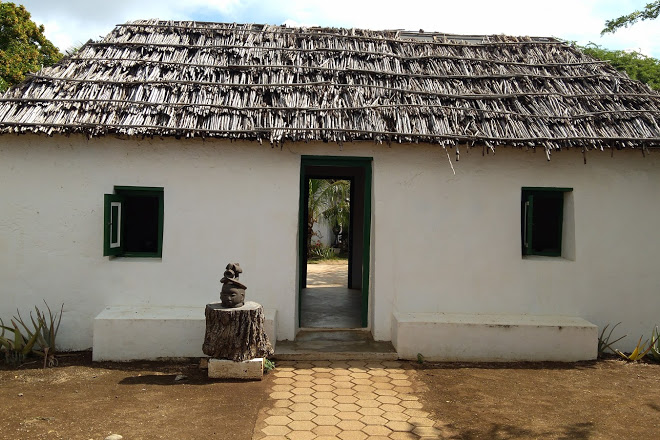
KURA HULANDA MUSEUM

The forced relocation of Africans from Africa to the Americas and the Caribbean by Europeans from the 17th to the 19th centuries, changed the face of the world forever. Museum Kura Hulanda is situated right at the city-center harbor of Willemstad, where Dutch entrepreneurs once traded and transshipped enslaved Africans along with other ‘commercial goods’. This museum impressively exhibits the Trans-Atlantic Slave Trade in its totality, from slave capture in Africa through the Middle Passage and the relocation in the New World. The museum Kura Hulanda also demonstrates that the African and diverse cultural heritage has influenced Curaçaoan and Caribbean societies until today.
MARITIME MUSEUM
Curaçao owes its existence to the sea. Its strategic location and natural harbor made it a major seafaring and commercial center from early in its history. The museums interior harmoniously embraces the age-old maritime history and modern design in a historic 17th century building spectacularly restored to its former glory. The museum is located in a mansion built in 1729 on the Waaigat inlet just above the floating market. Exhibits include antique miniatures, 17th century ship models and maps, some even dating back to 1500.
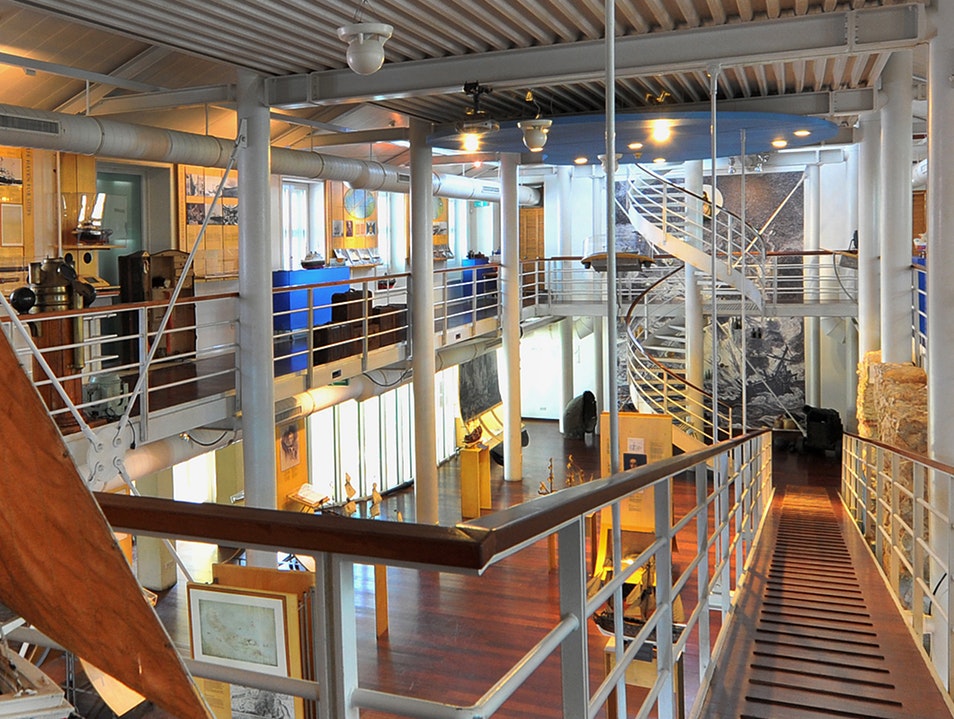
MIKVE ISRAEL EMANUEL SYNAGOGUE AND JEWISH MUSEUM
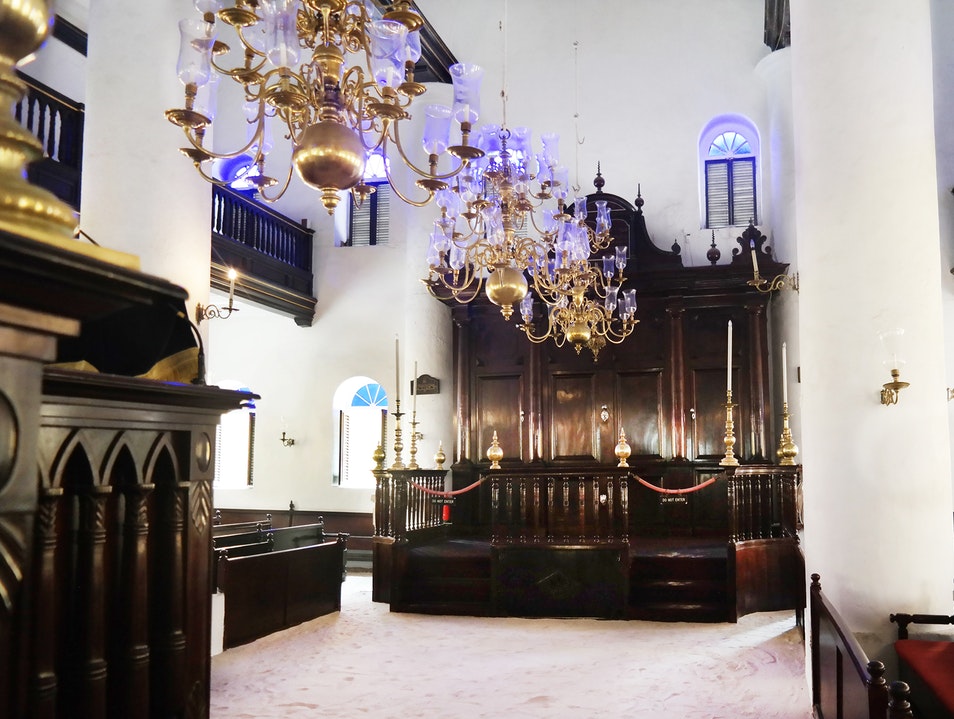
The oldest synagogue building in continuous use in the Western Hemisphere. In 1970 a Jewish Cultural Museum was established adjacent to the synagogue. There we have set up a display of many interesting and unusual objects illustrating the culture and history of the Jewish community. Many of these objects are still in use in the Synagogue today.
